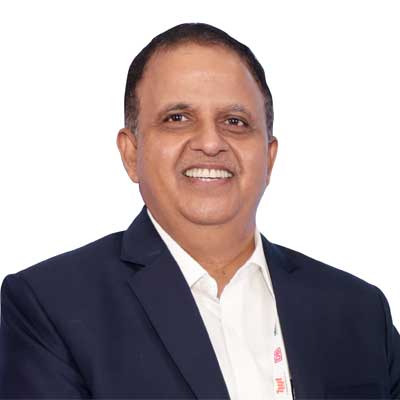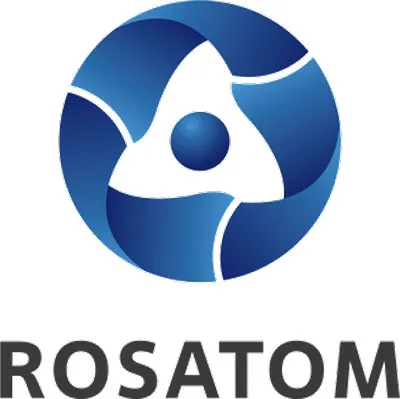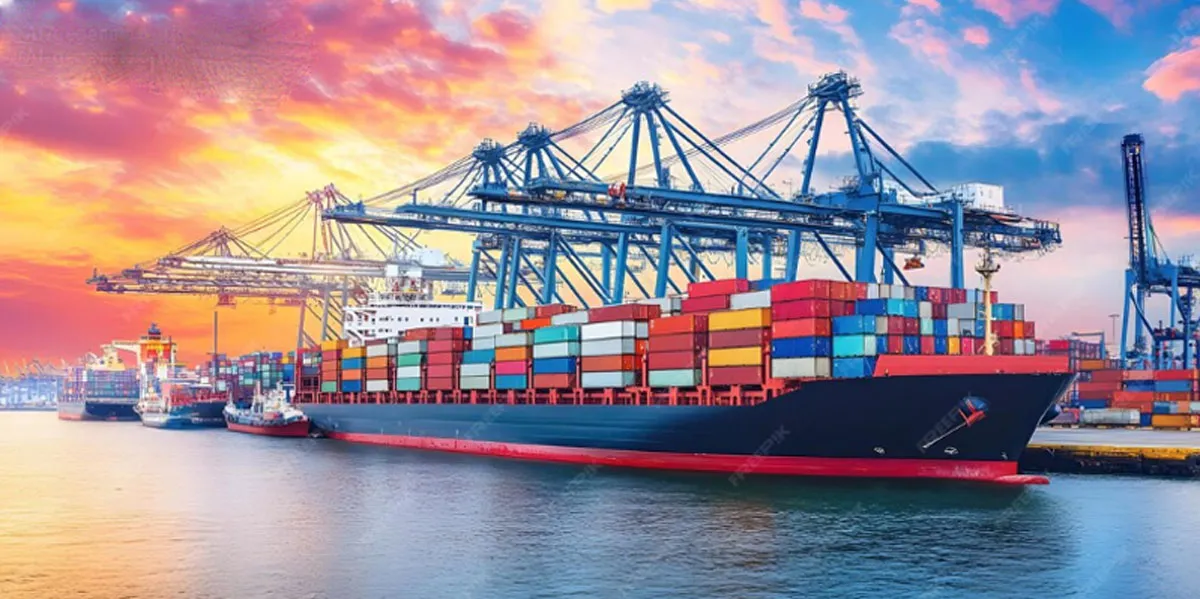In the vast landscape of India’s economic growth, the development of robust rapid transit systems stands as a crucial cornerstone. Rapid transit systems such as metro rails and regional railways are the next frontiers towards solving India’s mobility challenges, says Kumar Keshav, CEO, Deutsche Bahn RRTS Operations India Pvt Ltd.
As India hurtles towards becoming an economic powerhouse, rapid transit systems serve as a microcosm of its aspirations. They exemplify the synergy between infrastructure, investment, innovation and inclusion — the four pillars of India’s economic growth. The journey ahead is fraught with challenges, but it is also illuminated by opportunities to create a more sustainable, inclusive, and prosperous future.
Going forward, India’s rapid transit systems will continue to evolve, adopting greener practices such as electric and hybrid transit systems. Renewable energy sources like green hydrogen and solar will power these systems, contributing to a cleaner environment. Effortless integration of various modes of transport and the development of high-speed rail corridors will further enhance connectivity and regional development.
Infrastructure: Laying the foundation
The Metro Rail Policy 2017 has played a pivotal role in fostering the expansion of metro rail projects across various cities. Government initiatives like Atma-Nirbhar Bharat and Make in India have further fueled this growth, emphasising the need for indigenisation in infrastructure development. The government is also developing Regional Rapid Transit System (RRTS) corridors to connect major cities and towns within a region. RRTS corridors are designed to be faster and more efficient than conventional rail systems. Improvement towards last-mile connectivity, developing pedestrian and cycling infrastructure, as well as providing subsidies for e-mobility and shared mobility services are on top of the list to complement the urban mobility infrastructure in the country.
Investment: Fueling growth
Investment is the lifeblood of any thriving economy. In the case of rapid transit systems, the scale of investment is significant to address the growing challenges of congestion, pollution, and inefficient transportation systems in cities. To fund these ambitious projects, both public and private sectors have to come together, to unlock new avenues for growth and employment.
Financial models for such investments include Public-Private Partnerships (PPPs), which are collaborations between governments and private entities to fund and manage projects like metro systems or bus rapid transit. Private investments ensure efficiency and innovation.
The involvement of private players in the rapid transit sector is poised to be a game-changer. It not only infuses capital but also brings global expertise and technology transfer, creating a symbiotic relationship between public and private entities. Green Bonds issued by governments or corporations are also instruments to fund eco-friendly transportation projects such as electric bus fleets or bike-sharing networks for last-mile connectivity. Investment in this sector is not just about building railways; it’s about building a sustainable economic future for India.
Innovation: Pioneering the future
Innovation is the driving force that propels nations forward. The rapid transit sector in India is experiencing a technological revolution that promises to reshape the way people move within cities. Modern-day technologies are being harnessed to enhance efficiency, safety, and accessibility.
One of the most exciting innovations is the advent of autonomous vehicles. Equipped with advanced sensors and AI, these vehicles are making travel safer and more efficient, optimising traffic flow, and reducing congestion. The widespread adoption of autonomous vehicles in public transit is on the horizon, offering commuters flexible and on-demand options.
Also, the hyperloop technology holds the promise of drastically reducing travel times between cities, making regional and intercity commuting faster and more convenient. However, the path to realising these innovations is not without challenges, requiring collaborative efforts from governments, industries, and researchers.
Inclusion: Empowering the masses
Inclusion is the essence of a progressive economy. In the context of rapid transit systems, inclusion means ensuring that the benefits reach every layer of society. The expansion of these systems is not confined to major metropolises; it extends to Tier-2 cities and peripheral areas of Tier-1 cities.
Innovations like MetroLite and MetroNeo are aimed at providing cost-effective metro rail networks in tier-2 cities, democratising access to efficient transportation. This focus on smaller cities reflects the commitment to inclusivity, recognising that urbanisation is not limited to mega-cities alone.
Rapid transit systems are also getting well-tuned with equitable access to transportation for all, regardless of socioeconomic status, physical abilities, or location. Inclusive transportation planning considers the needs of vulnerable populations, such as the elderly and disabled, and provides affordable options for low-income individuals.
Smart transportation systems and electric mobility are integral to enhancing inclusivity. They integrate real-time data, AI, and IoT to optimise transport management, reducing congestion and travel times. Electric mobility, as part of last-mile connectivity, plays a crucial role in reducing carbon emissions and promoting sustainability, making public transit more accessible and eco-friendly.
Ultimately, embracing inclusivity in urban mobility not only improves access but also enriches the overall quality of life in cities, making them more vibrant and accessible for everyone.
Sustainability: A common thread
While the four pillars — infrastructure, investment, innovation and inclusion — are distinct, sustainability weaves them together. Rapid transit systems play a pivotal role in achieving India’s ambitious goal of carbon neutrality by 2070. They encourage a shift towards sustainable transportation options, reducing the reliance on individual vehicles, and curbing air pollution and traffic congestion.
Sustainability is ingrained in the very fabric of rapid transit systems. Regenerative braking systems in metro rails harness and reuse energy, decreasing overall electricity consumption backed up with greener energy through solar capabilities. Transit-oriented development around stations discourages urban sprawl, promotes mixed land use, and reduces the need for long commutes, minimising carbon emissions and conserving green spaces.
The rapid transit sector in India is not just about moving people from point A to B; it’s about moving the nation towards a brighter future. It’s about embracing the four pillars of infrastructure, investment, innovation, and inclusion to build a more sustainable and inclusive India.
About the author:
Kumar Keshav is the Chief Executive Officer of Deutsche Bahn RRTS Operations India Pvt Ltd, which is responsible for the operation of the Delhi-Ghaziabad-Meerut RRTS project. He is known for ushering in the revolution in Metro Rail in Uttar Pradesh. Belonging to the batch of 1982 of Indian Railway Service of Engineers, Kumar is credited with bringing about innovative modifications to the Mass Rapid Transit System.




















